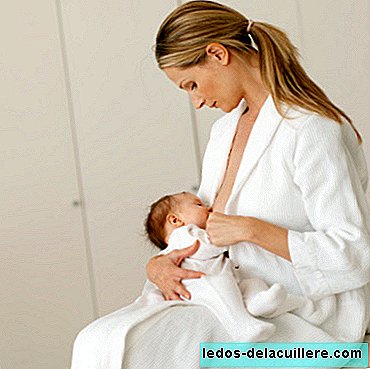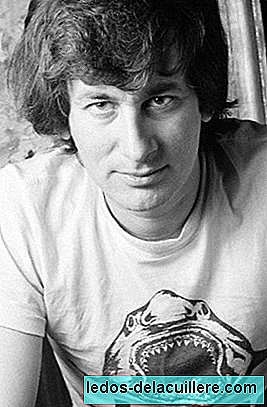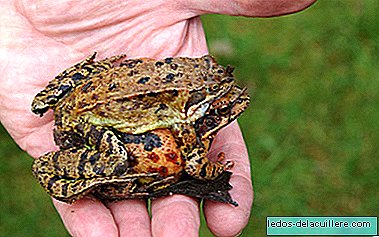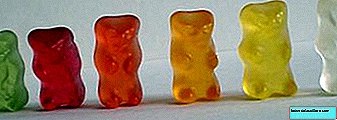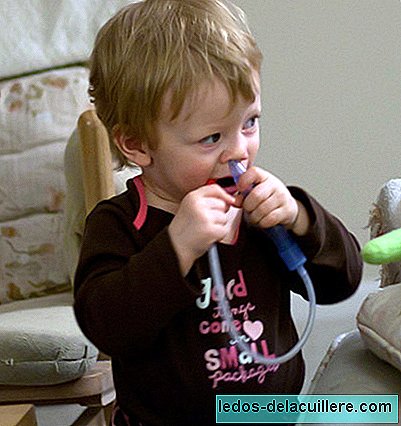
In the winter kit of almost all the houses with children who still do not know how to blow their noses, you can find a nasal aspirator or saccharine, that gadget that is placed in the holes of the baby's nose with a head, a tube and a mouthpiece with filter to aspirate secretions. The vast majority have used them, but nasal aspirators are not as recommended.
According to the Professional Association of Physiotherapists of the Community of Madrid, the nasal aspirator gives many problems of otitis, since when using it there is a high probability that the mucus will enter the Eustachian tube, a channel between the ear and the throat, and clog it up.
The cold season arrives and with it also the boogers, which although they are our friends, sometimes get tired, especially when the baby prevents him from eating and breathing with certain normality. But we must look for other solutions to clean the mucus of our children if we want to avoid the risk of otitis.
For its part, it must be said that nasal aspirators babies don't usually like anything because of the sensation produced by the aspirate. It is seeing them and crying. Nor do they always give good results, for example when the child is very congested and the mucus is low they do not help much.
When there is abundant secretion, physiotherapists advise nasal washes with mono-dose of physiological serum in each hole against the use of the nasal aspirator. We have already explained how to clean the baby's nose so that he can feed himself better without fatigue and rest better.
A daily nasal wash is recommended and if the child is sick, the number may increase to at least five daily washes.
They also advise physiotherapy to help eliminate secretions deposited in the lungs, throat and nose. The technique most used in children under 3 years, is the so-called AFE (Expiratory Flow Acceleration) which consists of exerting a non-painful pressure on the child's chest and gut, following his breathing rate, so that the air comes out with much more normal force and drag the mucus that is in the lung.


